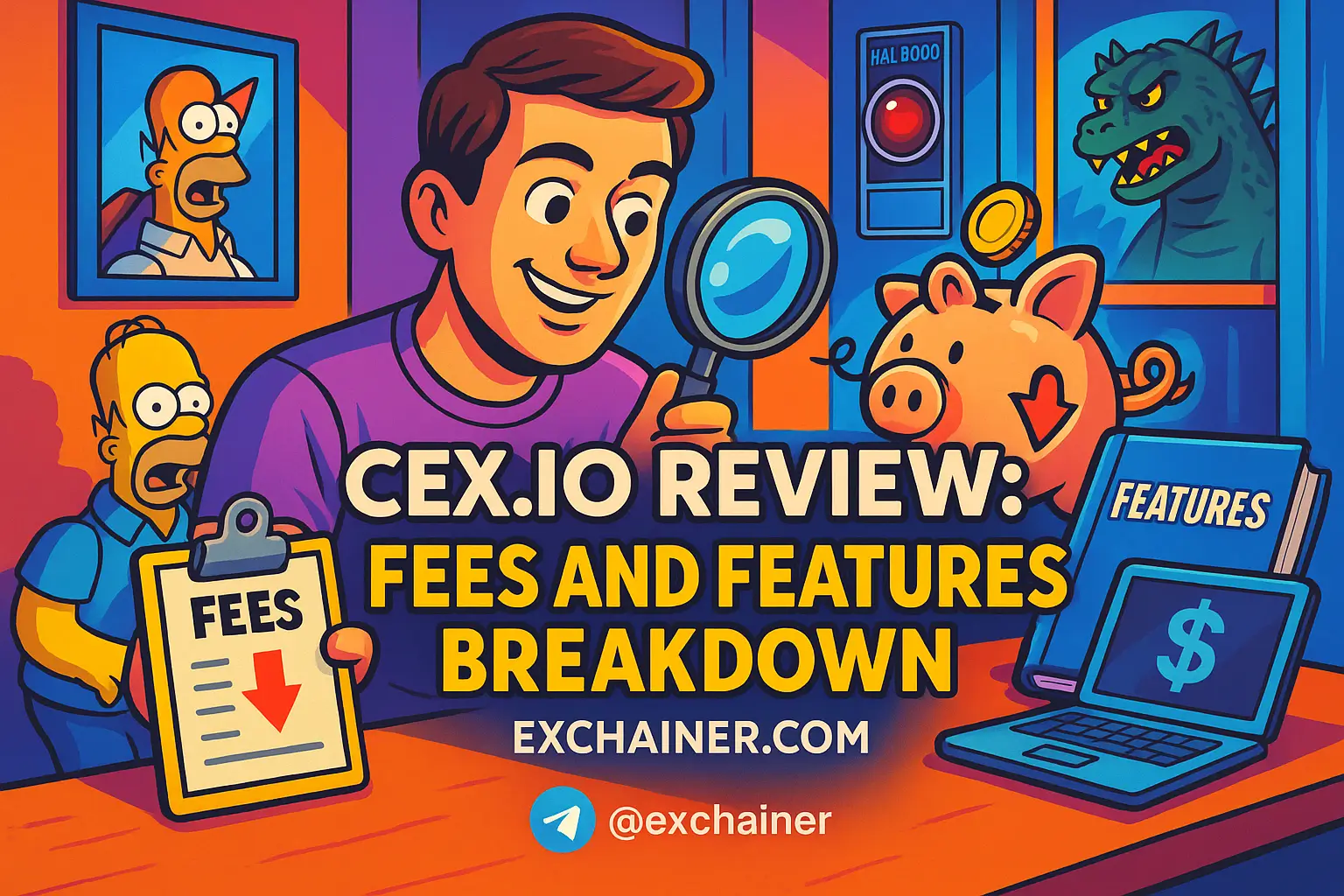Swapping cryptocurrencies has become a vital component of the digital asset ecosystem, enabling users to navigate market trends, capitalize on investment opportunities, and diversify portfolios without the need for converting assets into traditional fiat currency. This article is crafted for beginners and intermediate users who are keen on understanding how to swap cryptocurrencies effectively and securely. By exploring the essential aspects of crypto swapping, you’ll be well-equipped to make informed decisions and engage confidently within the crypto space.
Understanding the nuances of swapping digital currencies is important because it allows you to access different blockchain technologies, broaden your investment horizons, and respond quickly to market fluctuations. Imagine being able to capitalize on a new token that has the potential for growth while minimizing the time needed to trade out of an existing position. That’s exactly what cryptocurrency swapping achieves: a seamless transition between digital assets.
In the following sections, we’ll break down what cryptocurrency swapping is, how it works, the platforms you can use, and the benefits it offers. We’ll also discuss important security considerations and provide you with a step-by-step guide to ensure you swap cryptocurrencies safely and successfully.
What is Cryptocurrency Swapping?
Cryptocurrency swapping refers to the process of exchanging one digital asset for another directly. Unlike traditional methods that might involve converting cryptocurrency into fiat currency and then purchasing another cryptocurrency, swapping streamlines this action into a single transaction. This process is available on various platforms, including wallets and both decentralized (DEX) and centralized exchanges (CEX). Swapping enables users to trade cryptocurrencies quickly and easily. For instance, if you want to exchange Ethereum (ETH) for Bitcoin (BTC), you can do so directly without needing to first sell ETH for dollars, then buy BTC. This not only saves time but also reduces the fees associated with multiple transactions.How Does Crypto Swapping Work?
The process for swapping cryptocurrencies is straightforward and involves several key steps:- Connect your wallet: First, you need a non-custodial wallet (like MetaMask, Ledger, or BitPay) or access to a crypto exchange platform.
- Select tokens: Choose the cryptocurrency you wish to swap from and the one you want to receive in return.
- Enter amounts: Specify how much of the first token you want to swap.
- Approve transaction: Confirm the swap within your wallet; you might need to approve the token and the transaction.
- Execute swap: Once confirmed, the transaction is executed, and the new tokens will appear in your wallet.
Platforms for Crypto Swapping
When it comes to swapping cryptocurrencies, you have several options:1. Non-Custodial Wallets
Various wallets offer built-in swapping functions, allowing users to conduct trades without intermediaries. Notable examples include:- MetaMask: Operating on multiple Ethereum-compatible networks, it aggregates liquidity from various sources, enabling users to conduct swaps effortlessly.
- BitPay Wallet: In collaboration with Changelly, it offers swaps for over 50 different coins, prioritizing user control and competitive fees.
- Sovryn Dapp: It allows trustless, decentralized swaps by connecting with wallets like Ledger or MetaMask, providing a secure platform for users.
2. Decentralized Exchanges (DEXs)
Platforms like Uniswap, SushiSwap, and Sovryn enable peer-to-peer swaps without requiring intermediaries or identity verification (KYC). Swaps on DEXs are executed via smart contracts, resulting in swift transactions and minimal fees.3. Centralized Exchanges (CEXs)
Popular exchanges like Coinbase, Binance.US, and Kraken offer swap functionalities integrated into their platforms. Using a CEX typically requires account registration and identity verification, and they provide custodial services for your funds.- Coinbase features a user-friendly interface geared toward beginners.
- Binance.US is known for its low fees and extensive liquidity.
- Kraken provides tools tailored for institutional users, offering robust trading capabilities.
Benefits of Crypto Swapping
Swapping cryptocurrency presents numerous advantages over traditional trading methods:- No intermediaries: Users can swap assets directly, decreasing reliance on third parties.
- No KYC required: Many platforms, especially DEXs and wallets, allow for anonymous transactions without requiring personal identification.
- Lower fees: Swapping directly typically incurs lower fees than converting to fiat currency and then back to crypto.
- Instant execution: Transactions can be completed in a matter of minutes or seconds.
- User-friendly: Modern wallets and DEXs have simplified interfaces that are accessible even to newcomers.
- Wide token availability: Swapping gives users access to a range of obscure or newly released tokens not always found on centralized exchanges.
Step-by-Step Guide to Swapping Cryptocurrencies Securely
Swapping cryptocurrencies is not just about convenience; it’s also about doing it securely. Here’s a guide to ensure you swap your assets safely:1. Choose a Reputable Platform
Whether you opt for a wallet, DEX, or CEX, ensure you select a platform that has a solid reputation and positive user feedback.2. Account Setup & Security
– If using a CEX, register an account. – Set strong passwords and enable two-factor authentication (2FA).3. Deposit Funds
– Transfer the cryptocurrency you want to swap into the platform’s wallet or connect your personal wallet. – Confirm deposit addresses cautiously to avoid losses due to mistyped addresses.4. Initiate the Swap
– After selecting the tokens to swap, enter the amounts you wish to trade. – Carefully check the exchange rates, fees, and slippage tolerances before confirming the swap.5. Confirm Transaction Details
– Always double-check the recipient addresses and parameters before executing the swap to avoid errors.6. Approve and Execute
– Approve the transaction in your wallet, then monitor the blockchain for confirmation of your swap.7. Withdraw to a Secure Wallet
– If you’ve used a CEX, always withdraw your swapped tokens to a secure external wallet—preferably a cold storage solution—to maintain control of your assets.Important Considerations When Swapping Crypto
When engaging in crypto swapping, keep these considerations in mind:- Network fees: Be aware of gas fees that can fluctuate due to network congestion. Aim to swap during off-peak hours for lower transaction costs.
- Slippage and Price Impact: Be cautious with large swaps; low liquidity can lead to unexpected price changes. Set slippage tolerances accordingly.
- Token Compatibility: Ensure the token you want to swap is supported on the platform being used to prevent losses.
- Security: Remain vigilant against phishing scams and only use verified platforms. Never share your private keys or seed phrases.
- Regulatory Compliance: While DEXs typically don’t require KYC, centralized exchanges might enforce regulations affecting swap limits and withdrawals.
Common Terms Related to Crypto Swapping
To feel more confident in the crypto swapping space, familiarize yourself with important terms:- Token Swap: Refers to exchanging old tokens for new ones due to project upgrades or rebranding.
- Slippage: The difference between the expected price and the actual price of a swap due to market fluctuations.
- DEX Aggregator: Tools that fetch the best swap rates from multiple DEXs.
- Liquidity Pool: Reserves of tokens that facilitate seamless swapping on DEXs.
- Non-Custodial: Refers to a wallet or platform where users hold their private keys and maintain control over their funds.
Conclusion
In summary, swapping cryptocurrencies serves not only as a means to efficiently manage your digital asset portfolio but also opens up a world of opportunities and flexibility in the ever-evolving crypto landscape. By utilizing platforms such as MetaMask, Uniswap, or centralized exchanges like Coinbase and Kraken, users can engage in swapping activities that are quick, secure, and user-friendly. With this comprehensive guide, you now possess a strong foundation to successfully navigate the world of cryptocurrency swapping. Remember to prioritize security, understand the process, and stay informed to make the most of your trading journey. Are you ready to delve deeper into the various aspects of cryptocurrency? Explore more guides on Exchainer.com and begin your crypto adventure today! Check out our sections on Crypto 101, Exchange Reviews, News, and Tools and Wallets for more valuable insights and resources! Explore Related Articles:- What is a Crypto Token?
- How to Calculate Your Crypto Net Worth
- Tips to Avoid Crypto Wallet Scams in 2025
- How to Spot a Crypto Pump and Dump
- Essential Crypto Tools for Portfolio Tracking












